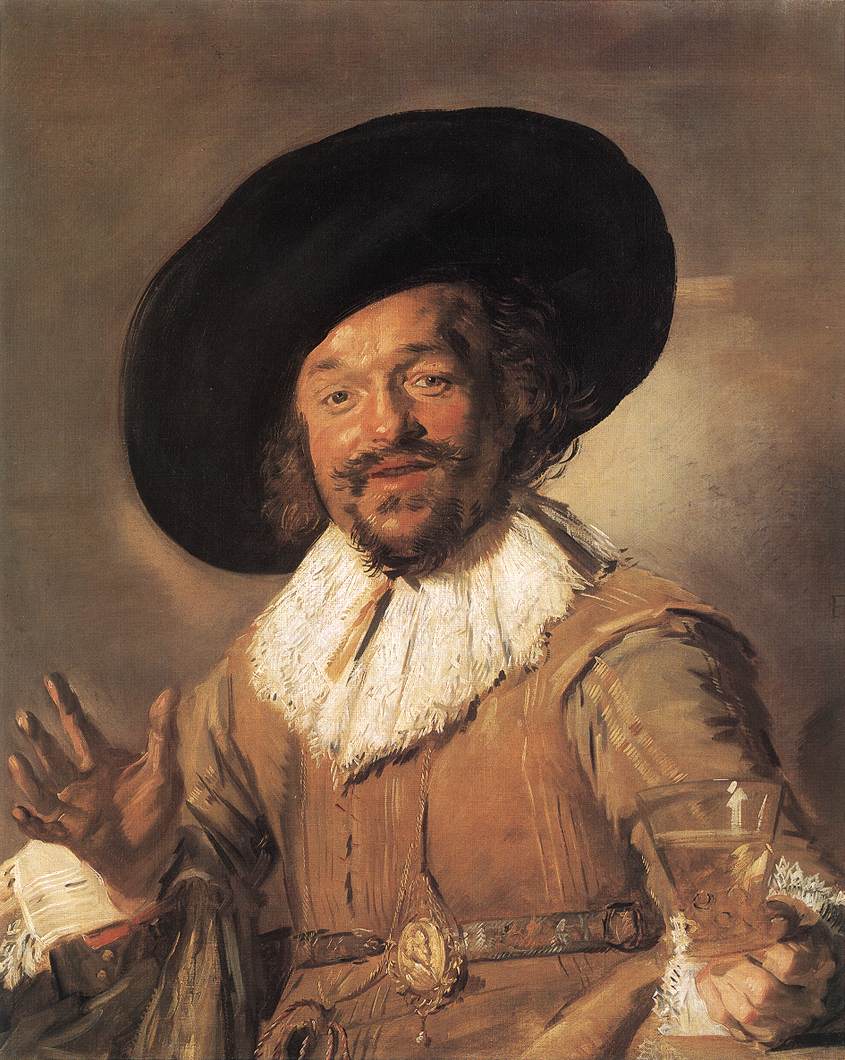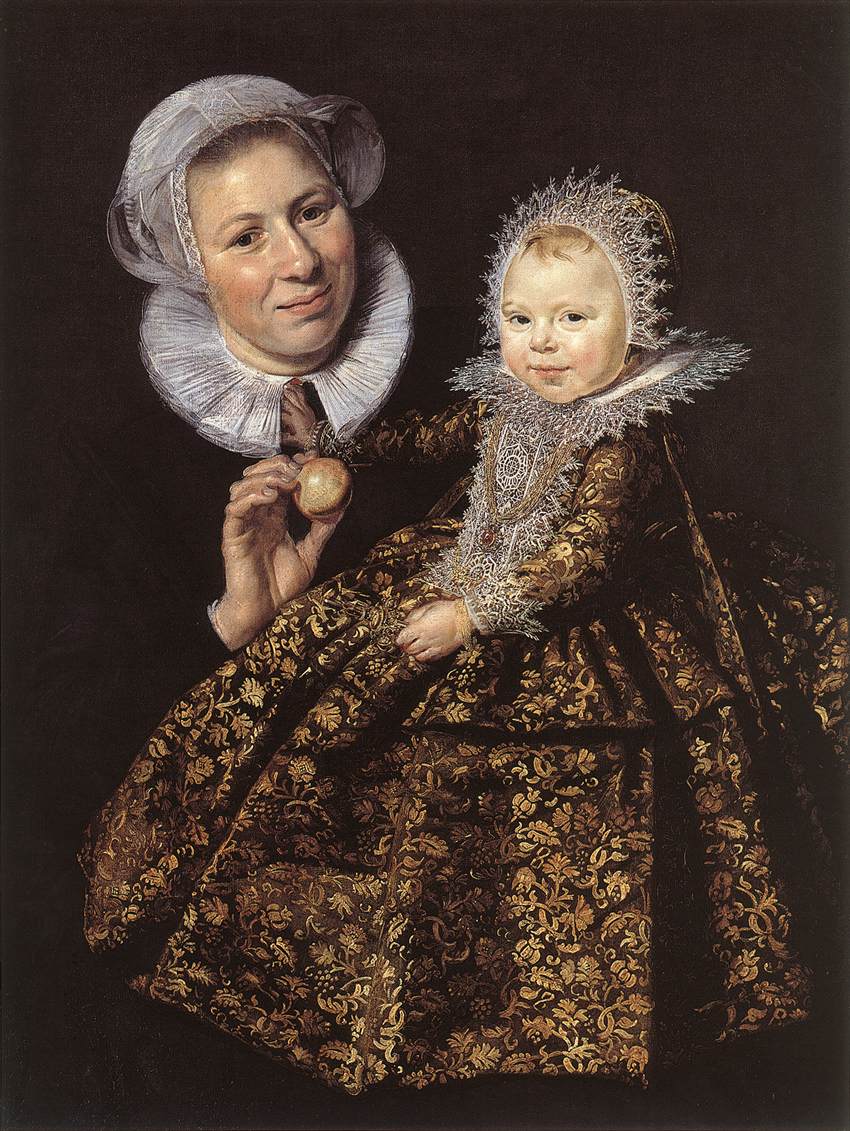We’re bringing back an oldie but a goodie this Friday with a #FancyFriday themed post! In these posts, we look at portraits that are undeniably fancy in order to see what they have to say about their subject, their artist, their period, and more. (As we mentioned above, we haven’t done one in quite a while, so if you’re interested in checking out past #FancyFriday posts, click this link to catch up.)
Today’s #FancyFriday spotlight is on Dutch 16th-century painter Frans Hals. One of Haarlem’s leading painters, Hals is best known for his portraits. He painted a range of subjects, ranging from wealthy patrons to studies of the common people. As was expected, his earlier commissioned portraits were often far more sharp than the sometimes experimental portraits Hals did of more normal folks. In these portraits and studies, Hals dabbled more in wide, painterly brushstrokes. Less fine-tuned than his earlier commissioned work, Hals was free to experiment and show that his brushstrokes were just that. This seemingly more modern style was relegated to his more private work, as patrons were paying for portraits, not groundbreaking artistic experimentation.

Which explains the variation in style between works like The Merry Drinker (1628-1630) and today’s #FancyFriday piece, the earlier work Catharina Hooft and her Nurse (1620). Here, Hals’ formal artistic prowess is in full display, as he adheres to a more traditional style of portrait. Against a black background, little Catharina Hooft and her nurse stand out brightly, drawing attention to Hals’ fine details, the subjects’ expressions…and their clothing.

The variation in fabric also speaks of enormous wealth. As we’ve mentioned before, with Dutch 16th-century paintings, the more fabrics, fruits, and/or exotic items, the wealthier the patron behind the portrait or still life. From Catharina’s lace bonnet and doublet to her brocaded-type dress, this is obviously one fancy child. It makes us wonder, if these portraits were style in style today, what Blue Ivy’s might look like, or that of another child with famous or wealthy parents. Though the nurse may blend into the background with her dark dress, Hals takes the opportunity to go into incredible detail with her head covering and collar, contrasting fabrics that seem almost real enough to touch.
Despite all that fabric, Catharina’s smile is what sticks with us. She’s a joyful child and fixes the viewer with a happy, loving glance, which may reflect her feeling toward her parents (almost certainly the patrons), or at the very least their feelings toward her. Her attentive nurse’s expression is also one of kindness or admiration, toward both viewer and Catharina.
Their expressions lead us to believe that this portrait is more than just an expression of wealth. Yes, there’s tons of rich fabrics and fancy toys, but the figures’ expressions give off more than that. This portrait can easily be read as a testament to a family’s/parent’s love and dedication toward their child, captured in paint, thanks to Hals’ mastery of facial expressions and body language
What do we do here at the Art Docent Program? Discover more about our program and curriculum here!
Discover more fun with our #FancyFriday series on our blog, and don’t forget to like and follow us on Facebook!
Additional information referenced in the fourth edition, second volume of Stokstad and Cothren’s Art History.







